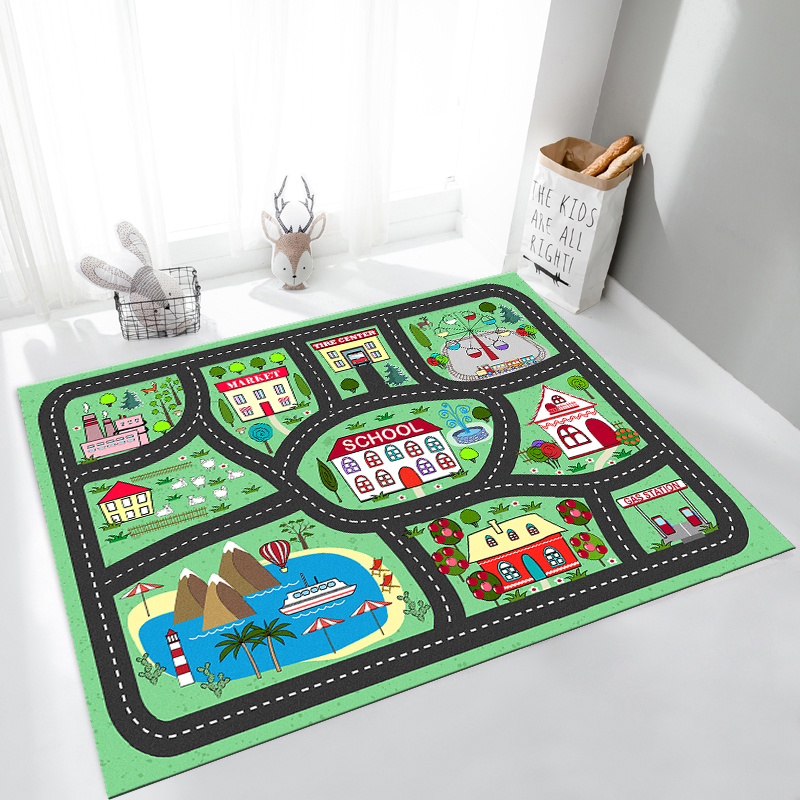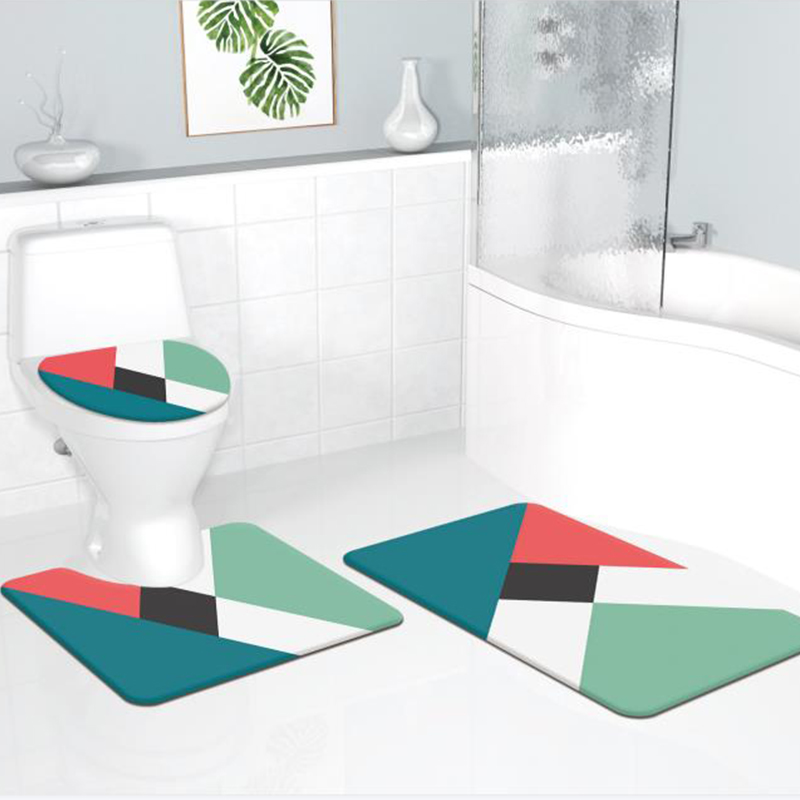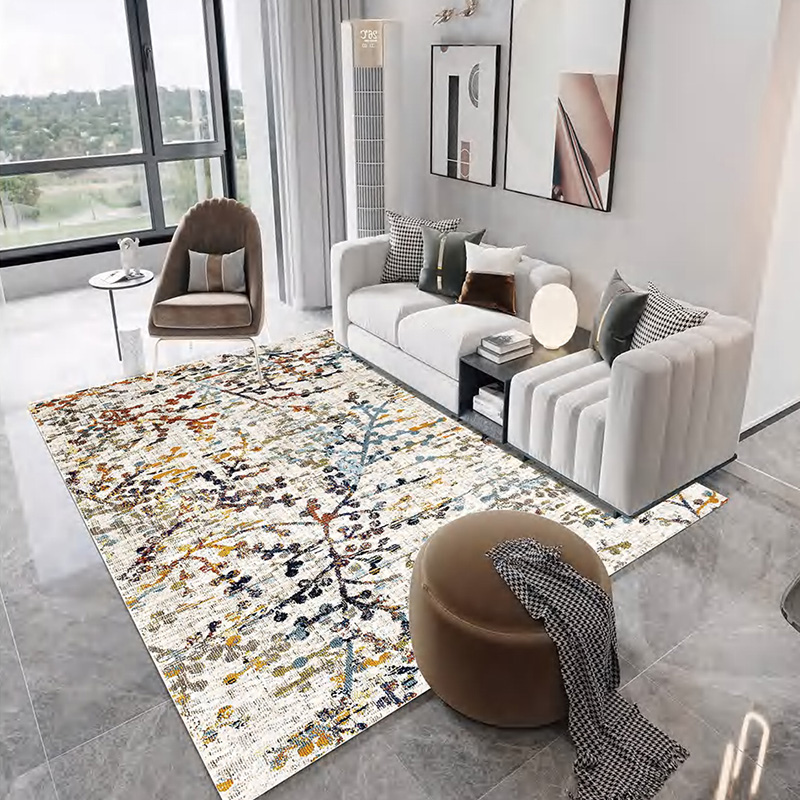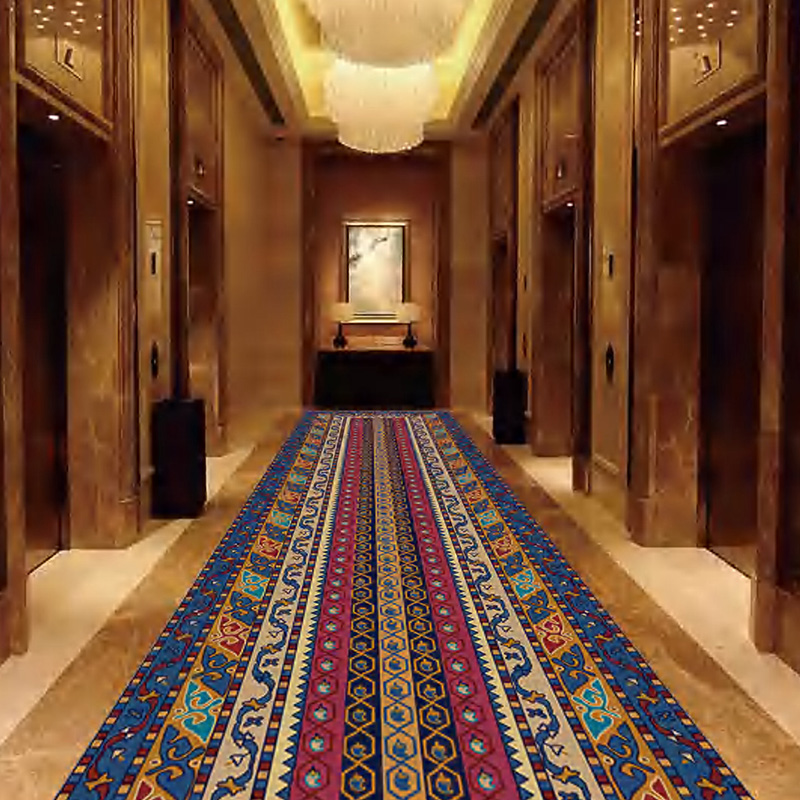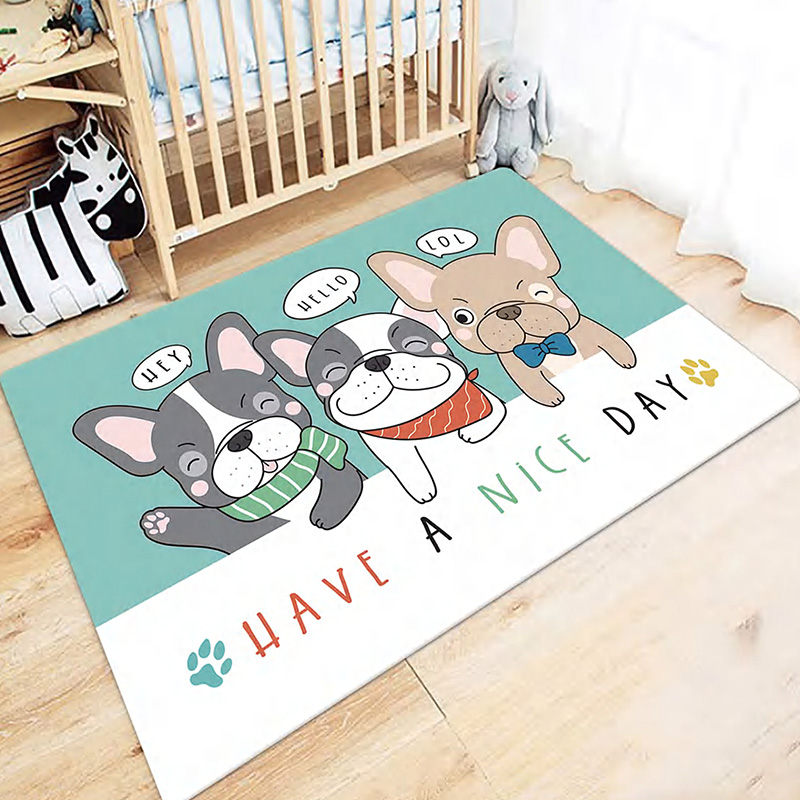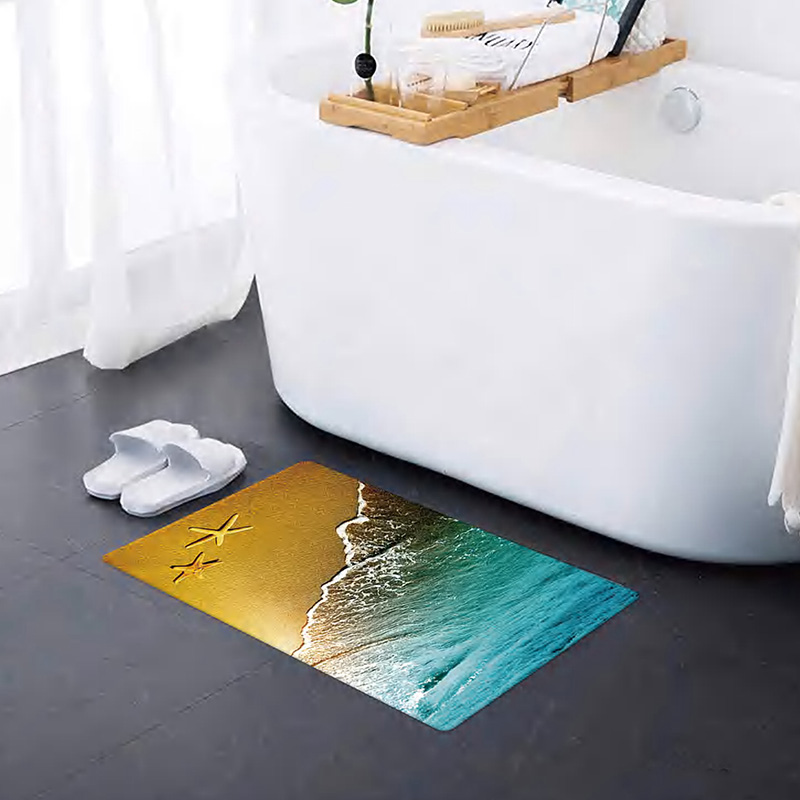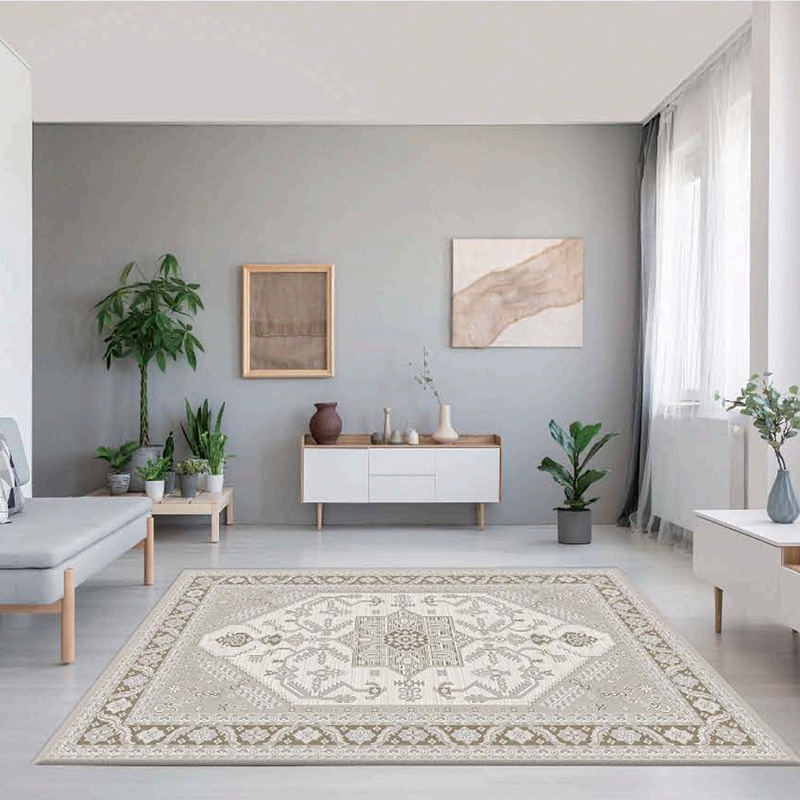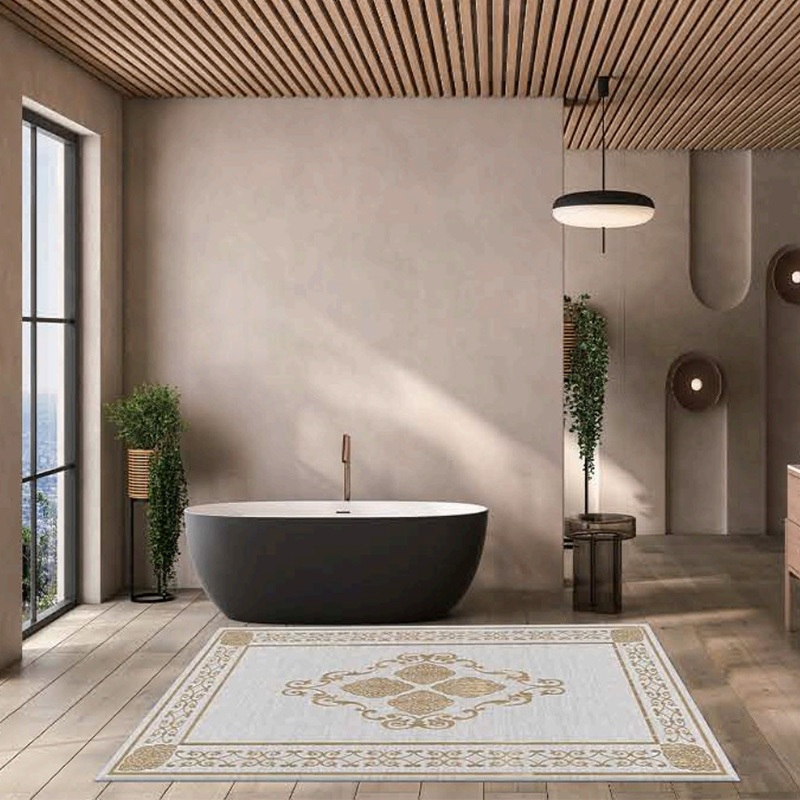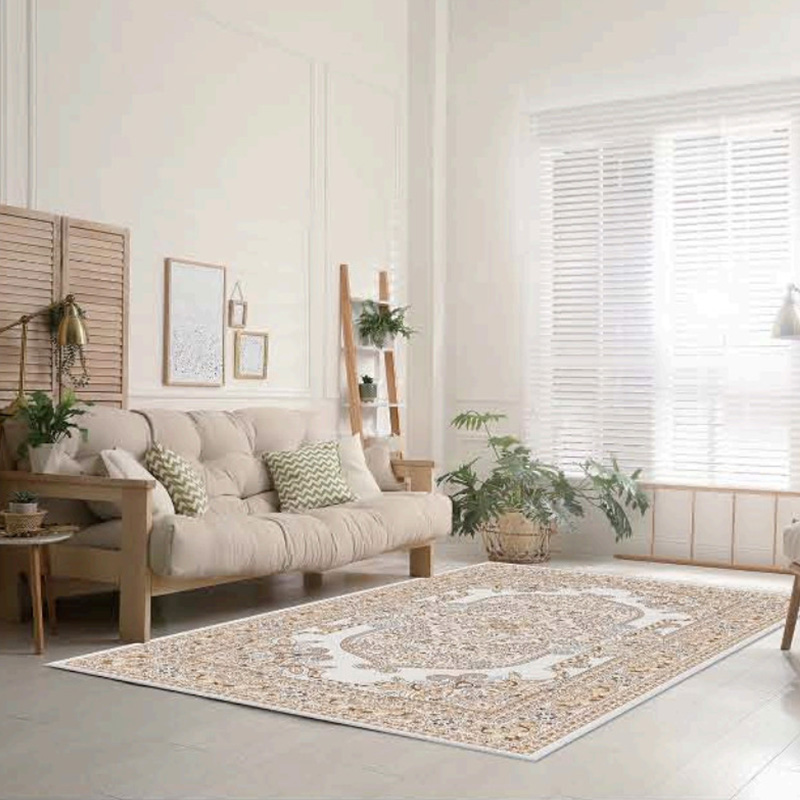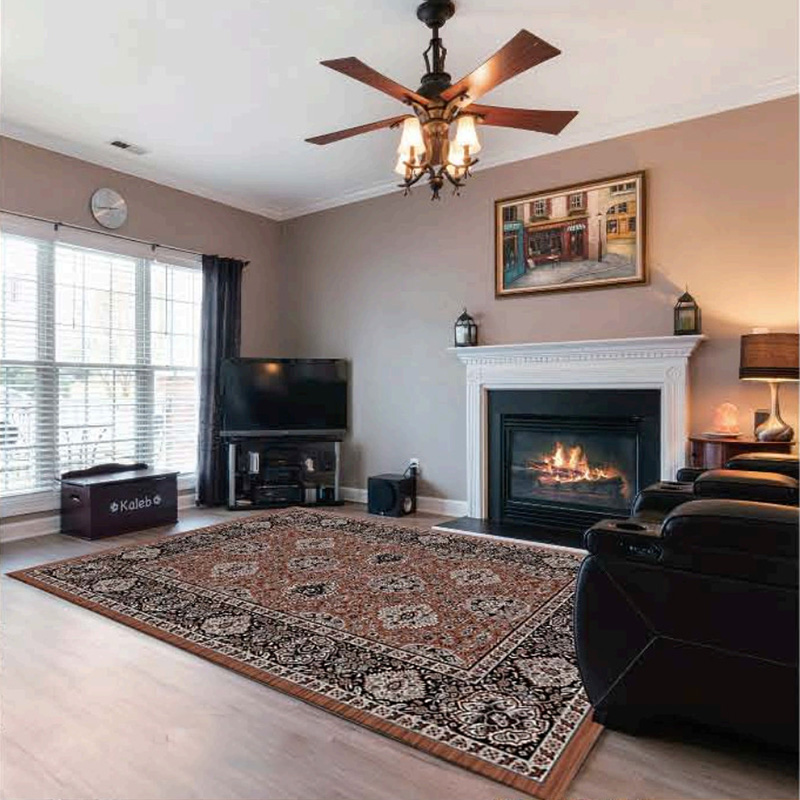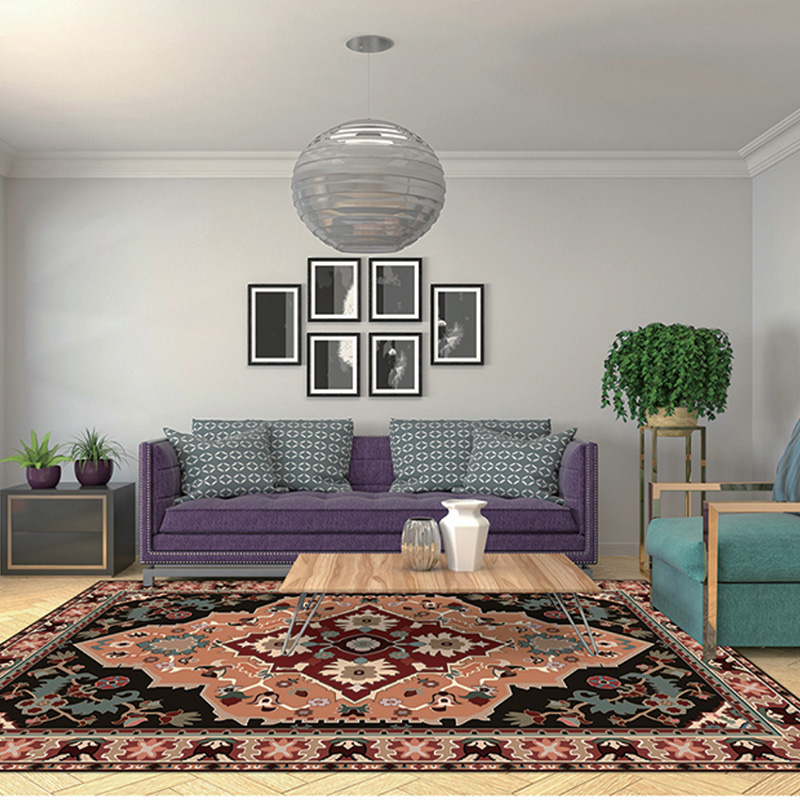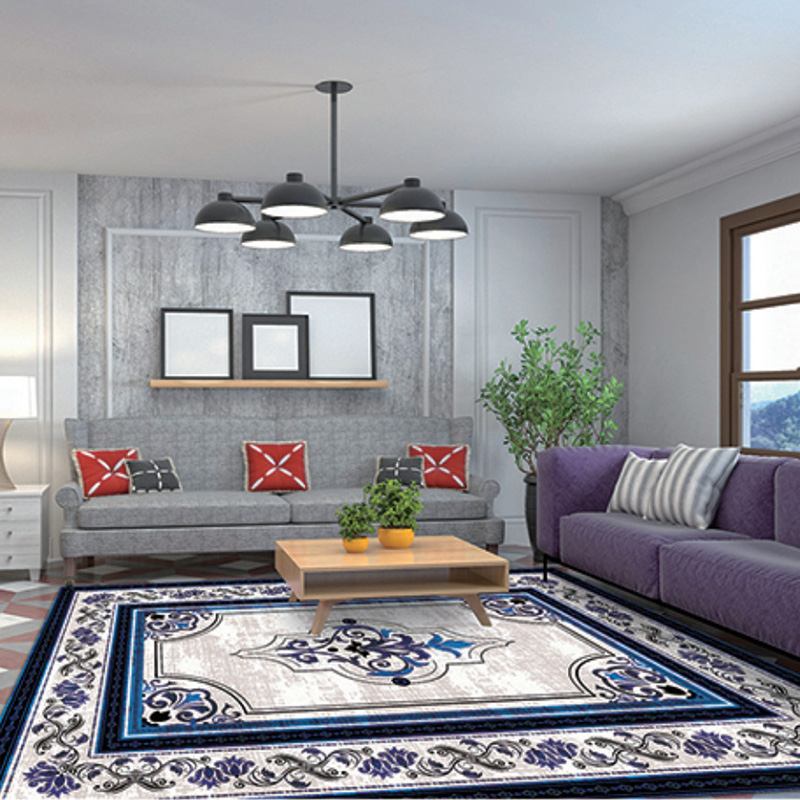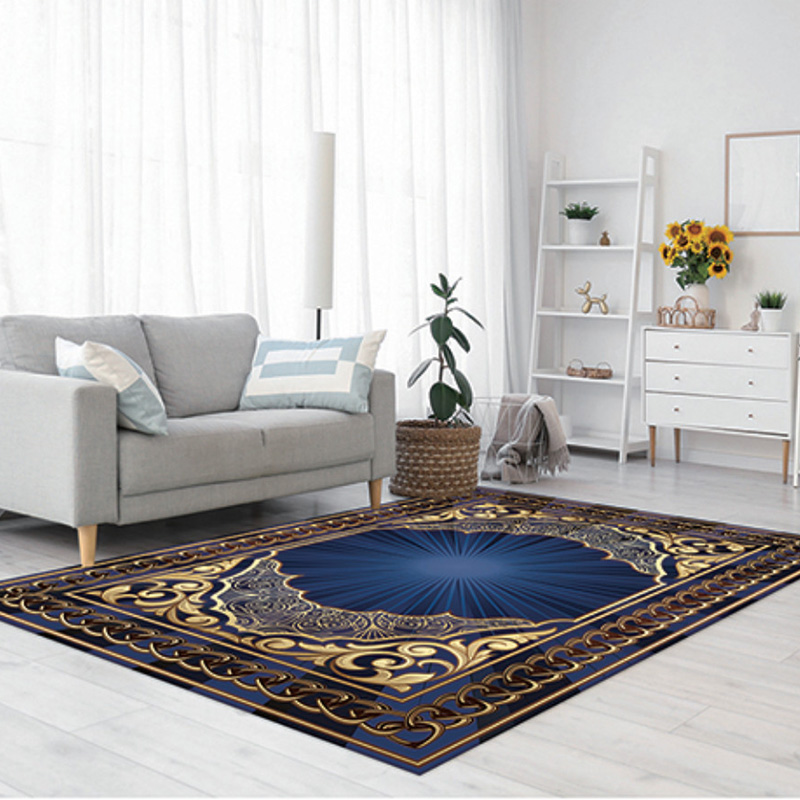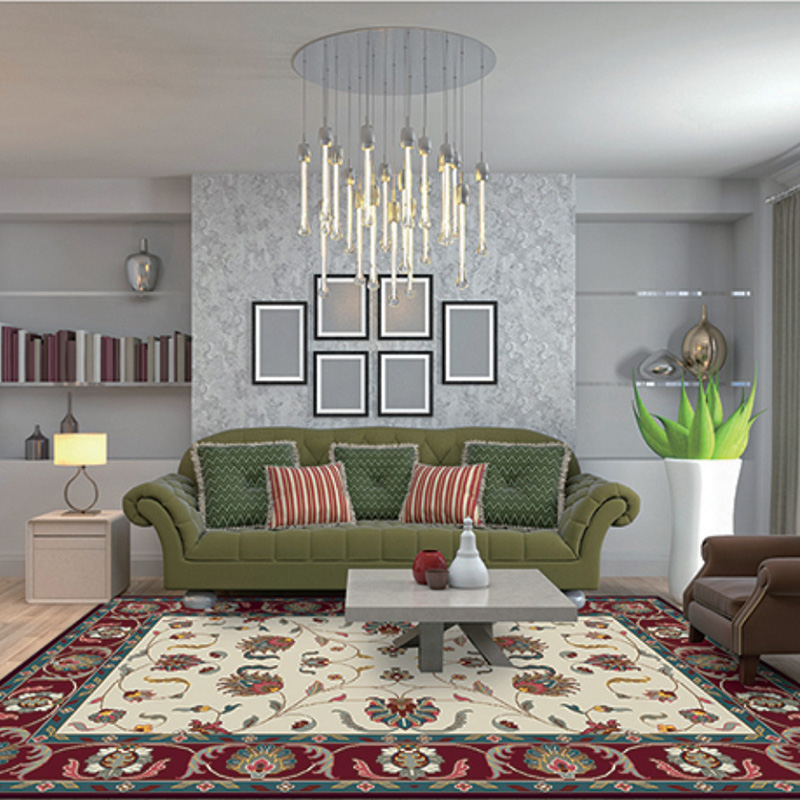Manufacturing and Material Selection
Kids rugs are manufactured with attention to both comfort and durability. Soft fibers such as polypropylene, nylon, or blended synthetic yarns are commonly used to provide a gentle feel underfoot while maintaining long-lasting structure. These fibers are processed into uniform yarns and prepared for weaving or tufting, ensuring consistent thickness and color.
Tufting remains one of the primary methods for producing kids rugs. Loops of yarn are inserted into a base fabric at precise intervals, creating a dense and soft surface suitable for children’s rooms. After tufting, an adhesive layer and a secondary backing are applied to reinforce the rug’s stability. Some rugs are woven, combining design intricacy with resilience, while others are printed or dyed to achieve vibrant, playful patterns. The focus in manufacturing is to maintain quality and safety while allowing for diverse designs that appeal to both children and parents.
Market Trends and Consumer Demand
The market for kids rugs has expanded globally due to rising demand from families, schools, and childcare facilities. Consumers seek products that provide comfort, durability, and visual engagement for children’s spaces. Educational and themed rugs—featuring letters, numbers, animals, or interactive patterns—have become increasingly popular, reflecting the growing emphasis on learning through play.
Manufacturers have adapted by offering customizable designs and flexible sizing options. Retailers value suppliers capable of delivering consistent quality while meeting diverse design preferences. In international markets, parents and institutions prioritize soft, safe materials combined with bright, durable patterns that can withstand frequent use and cleaning. This balance of aesthetics and practicality drives production decisions and influences innovation in manufacturing processes.
Applications in Homes, Schools, and Public Spaces
Kids rugs are widely used in homes to define play areas, cushion high-traffic spaces, and enhance interior aesthetics. Their soft textures provide comfort during playtime, while their colors and patterns contribute to room decoration. In schools, nurseries, and daycare centers, rugs serve both functional and educational purposes, organizing activity zones and reinforcing learning themes.
Commercial spaces such as family-oriented waiting areas or indoor play centers also incorporate kids rugs to create engaging, safe environments. Rugs may be round, rectangular, or irregular in shape, offering flexibility to match room layouts. Pattern and color variety plays a central role in their appeal, from playful motifs to abstract designs that complement modern interiors. Ease of cleaning and stain resistance further adds to their practicality across multiple settings.
Innovation and Future Outlook
Technological advancements continue to influence kids rug manufacturing. Digital printing and computer-assisted design allow for more intricate and customizable patterns, while automated tufting and weaving improve production efficiency and consistency. Modular production lines enable manufacturers to switch between designs and sizes with minimal downtime, responding rapidly to market trends and seasonal demands.
The future of kids rugs is likely to focus on combining functional durability with creative designs tailored to children’s needs. Innovation in manufacturing processes, from material development to finishing techniques, ensures that these rugs remain a versatile and attractive solution for homes, schools, and public spaces. Manufacturers are increasingly exploring ways to produce rugs that meet both practical requirements and aesthetic expectations, keeping pace with the evolving demands of modern living.

 英语
英语 阿拉伯语
阿拉伯语 德语
德语


